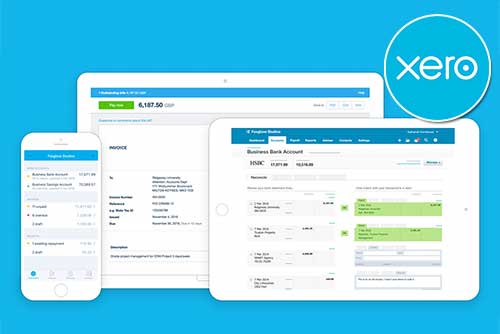Understanding Working Capital
Navigating the financial landscape of a business requires a comprehensive understanding of key concepts, and working capital stands at the forefront of financial management.
In this article, we’ll explore working capital, uncovering its significance, components, calculation methods, and strategic implications.
What is Working Capital?
Working capital refers to the difference between a company’s current assets and current liabilities. It measures a company’s short-term financial health and its ability to cover its short-term obligations with its short-term assets:
- Positive Working Capital: Indicates the company can pay off its short-term liabilities with its short-term assets, suggesting good liquidity and operational efficiency.
- Negative Working Capital: Signals that a company may struggle to cover its short-term liabilities, which can lead to financial difficulties.
In summary, working capital is a vital metric for assessing a company’s operational efficiency, liquidity, and overall financial health in the short term.
Components of Working Capital
- Current Assets: These are assets that are expected to be converted into cash or used up within one year, such as cash, accounts receivable, and short-term investments.
- Current Liabilities: These are obligations that are due within one year, including accounts payable, short-term debt, accrued expenses, and the current portion of long-term debt.
Calculating Working Capital
Calculating working capital is a key indicator of the company’s short-term financial position and its ability to meet its obligations.
Working Capital Formula:
Working Capital = Current Assets – Current Liabilities
Positive working capital indicates that a company has more current assets than current liabilities, providing a cushion to cover expenses and invest in growth opportunities, while negative working capital suggests potential liquidity challenges and may require closer management of cash flow and financing arrangements.
What is Working Capital Management?
Working capital management refers to the strategic management of a company’s current assets and liabilities to ensure efficient utilisation of resources, optimise cash flow, and maximise profitability.
Effective working capital management involves various activities, including:
- Cash Flow Management: Monitoring and forecasting cash flows to ensure sufficient liquidity to meet short-term financial obligations and fund day-to-day operations.
- Inventory Management: Optimising inventory levels to balance the need for product availability with the costs of holding inventory, such as storage, carrying, and obsolescence costs.
- Accounts Receivable Management: Managing accounts receivable to minimise the time it takes to collect payments from customers and reduce the risk of bad debts.
- Accounts Payable Management: Negotiating favourable payment terms with suppliers to extend payment deadlines and optimise cash flow while maintaining good relationships.
Working Capital Ratio
The working capital ratio measures the efficiency of a company’s working capital management by comparing its net sales to its average working capital over a specific period. It indicates how effectively a company utilises its working capital to generate revenue.
The formula for the working capital ratio is:
Working Capital Ratio = Net SalesAverage Working Capital
Where:
- Net Sales refers to a company’s total sales revenue minus any returns, allowances, and discounts.
- Average Working Capital is the average of the beginning and ending working capital for the period.
A higher working capital ratio indicates that a company is generating more sales revenue per unit of working capital, suggesting efficient utilisation of resources. Conversely, a lower ratio may indicate inefficiencies in working capital management.
The Role of Working Capital in Business Success
Efficient working capital management is essential for maintaining liquidity, optimising cash flow, and maximising profitability. For expert assistance in optimising your working capital management and other financial needs, contact Mazuma Money.





















